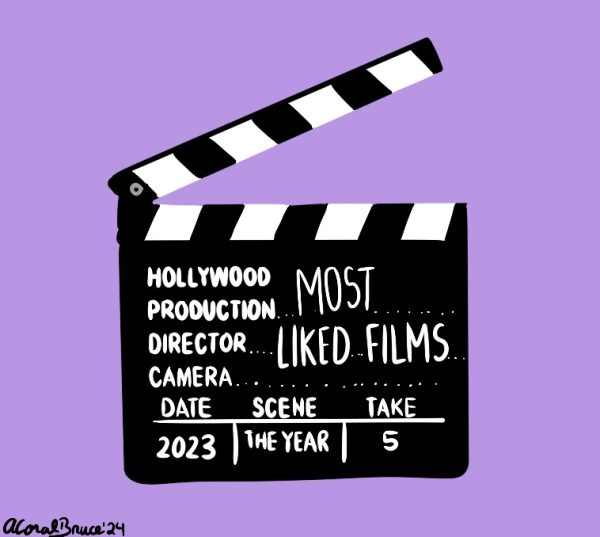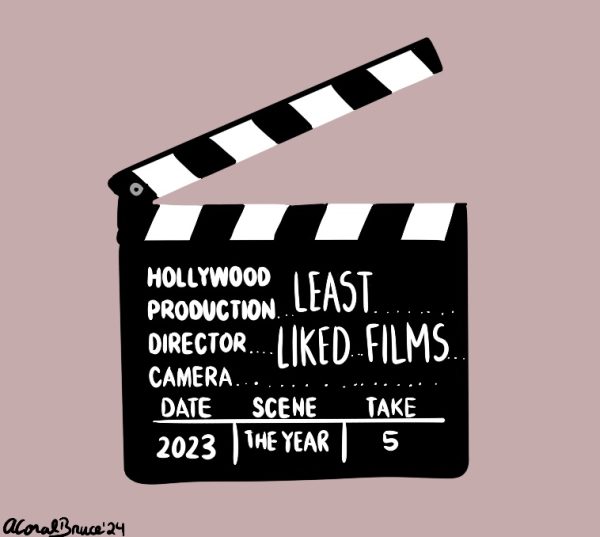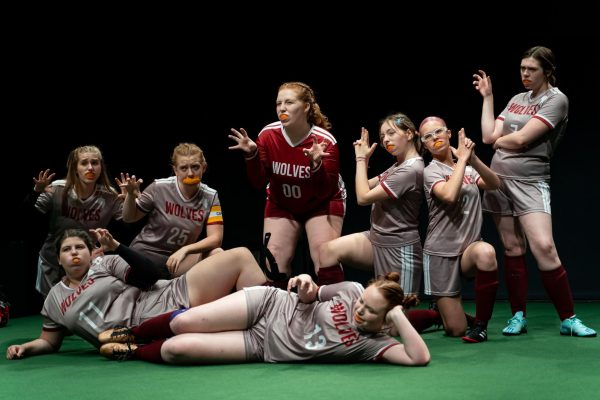Budget deficits affect youths access to arts education
September 19, 2015
While teachers are being laid off more and more every year and school days are shaved off the academic calendar in K-12, the budget deficit for public education still remains a gross problem.
Where is the money taken from next? What can America afford to sacrifice when it comes to educating our youth?
It can’t be any core classes. We know that. Principals count on grants and funding that depend on improved standardized test scores.
School officials are inclined to strengthen instruction in areas like mathematics and reading to benefit from direct federal incentives.
The No Child Left Behind Act of 2002 and the Common Core State Standards (CCSS) initiative are examples of the spotlight being put on core-subjects.
As a result of these education reforms, the public school budget is allocated to reflect what this legislation deems important and that does not include the arts.
All the signs point in the bleak direction of public schools giving the youth of America a clearance-price education.
The lack of Arts education in public schools is a tragedy, but it is a tragedy that does not necessarily have a dollar amount.
As many know, America runs on dollar amounts. A child that will not be introduced to what could potentially be a hidden passion for music because of the absence of Arts in his or her school is an awful thought, yet that thought does not hold the statistical argument points that a math or reading score does.
Perhaps this argument is being approached too singularly by our leaders at times. The simplistic approach of improving math and reading by dumping more money into the instruction of those subjects does not show a creative and exceptional solution. Children learn in many different ways and for some their potential is accessed in a multi-faceted, diverse education.
For example, in the OECDs publishing, “Lessons from PISA for the United States, Strong Performers and Successful Reformers in Education,” we learn that “Arts and music education programs are mandatory in countries that rank consistently among the highest for math and science test scores, like Japan, Hungary, and the Netherlands.”
The Americans for the Arts organization shares similar research regarding the correlation between Fine Arts success and core class success of students in its publication “Summary of Key Additional Arts Education Research and Facts,” saying “Researchers find that sustained learning in music and theater correlates strongly with higher achievement in both math and reading.”
Is it possible that America is overlooking the importance of Music and Arts in public education? The benefits of studying the arts aren’t easily made into statistical bullet points.
This makes them hard to receive any legislation it seems.
Studies such as those referenced above highlight a deeper benefit of educating American youth than just the skill in Music or Art itself, but the development of an overall better student. This will come full circle to improve the students performance in the core classes of Math and Reading.
Norman Weinberger, a doctor and professor in the Center for the Neurobiology of Learning and Memory at UC Irvine, said in his book “The Music in Our Minds,” “New brain research shows that not only does music improve skills in math and reading, but it promotes creativity, social development, personality adjustment, and self-worth.” Do we ignore these studies if they don’t have a receipt?
It is important to look at the brave research of those who are pointing out our country’s big mistake in cutting Arts budgets in public schools. The next generation of Americans deserves educational development that is as well-rounded and supportive of creativity as the last.
After all, what’s more American than striving to give your children a better life than your own? That starts with education.










